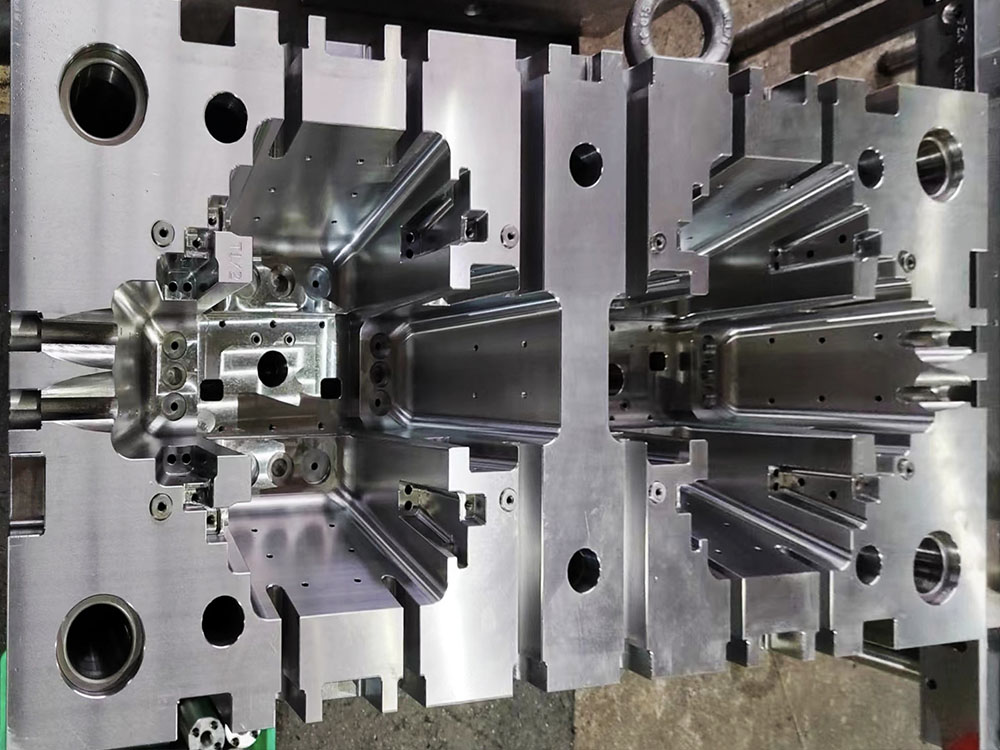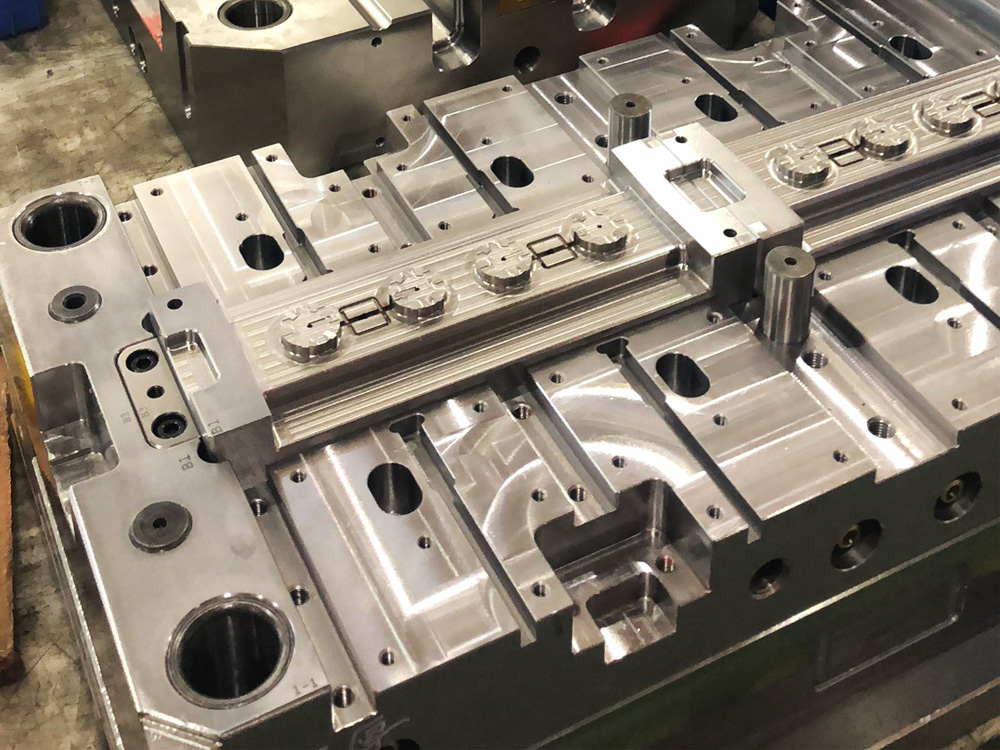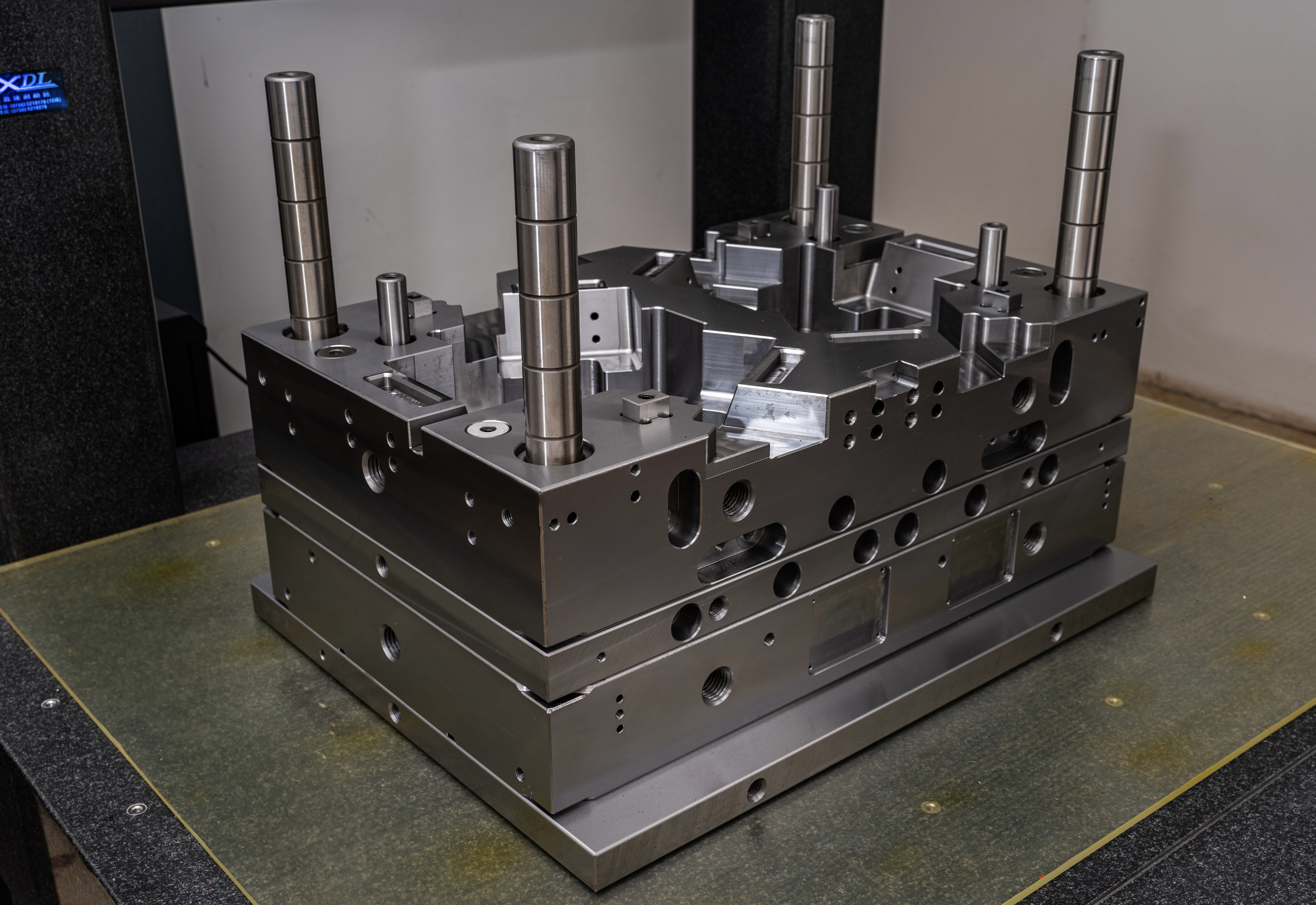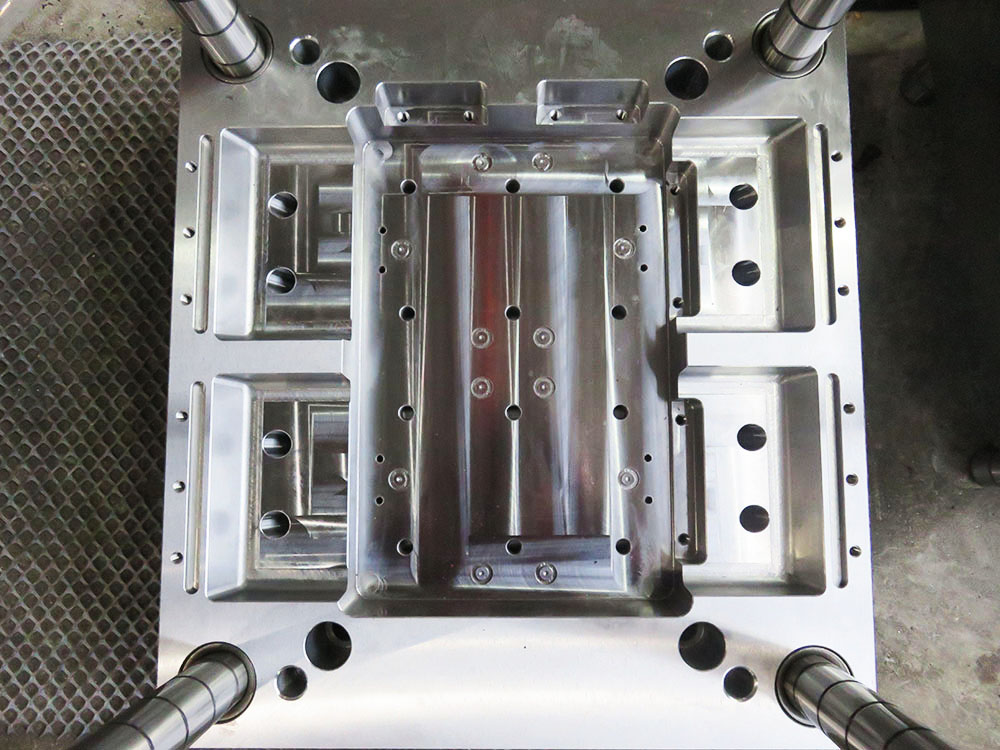Calculation of Tolerance for Sheet Metal Thickness in Molded Parts
Sheet metal thickness is a critical parameter in the mold base industry. It determines the structural integrity and functionality of the molded parts. Therefore, accurately calculating the tolerance for sheet metal thickness is essential to ensure the quality and performance of the final products.
The Importance of Tolerance Calculation
Tolerance calculation is a fundamental step in the design and manufacturing process of mold bases. It helps determine the allowable range of variation in sheet metal thickness. By establishing precise tolerance values, engineers can avoid potential manufacturing defects and ensure the dimensional accuracy of the molded parts. This calculation also aids in estimating the cost and feasibility of producing the mold base.
Factors Affecting Sheet Metal Thickness Tolerance
Several factors influence the tolerance for sheet metal thickness in molded parts. Firstly, the material properties play a significant role. Different types of sheet metal, such as steel, aluminum, or copper, have varying levels of ductility, which affects their ability to maintain uniform thickness. The mechanical properties of the material also influence its response to deformation during the molding process.
Secondly, the manufacturing process applied to the sheet metal further contributes to the tolerance calculation. Processes like rolling, annealing, or stamping introduce variations in thickness due to material flow, temperature changes, or tool wear. Understanding the specific manufacturing process and its associated tolerances is crucial in accurately calculating the overall tolerance for sheet metal thickness.
Thirdly, the design considerations for the mold base can affect the sheet metal thickness tolerance. Factors such as the complexity of the mold design, the presence of intricate features or sharp corners, and the desired surface finish impact the potential variations in sheet metal thickness. Additionally, the chosen method of sheet metal forming, whether it is deep drawing, bending, or hydroforming, can introduce specific tolerance requirements.
Tolerance Calculation Methods
There are several methods available for calculating the tolerance for sheet metal thickness in molded parts. One common approach is statistical analysis based on the normal distribution curve. By measuring a set of samples, engineers can determine the mean thickness and standard deviation. The tolerance is then defined as a certain number of standard deviations from the mean, providing an acceptable range for sheet metal thickness.
Another method is the use of geometric dimensioning and tolerancing (GD&T) principles. GD&T allows designers and engineers to define the allowable tolerances for features on a technical drawing using symbols and numerical values. By specifying the desired tolerances for sheet metal thickness, GD&T provides clear guidelines for manufacturing and inspection processes.
In addition to statistical analysis and GD&T, computer-aided design (CAD) software can also assist in tolerance calculation for sheet metal thickness. These software applications provide tools for modeling, simulation, and analysis, enabling engineers to predict potential variations in sheet metal thickness during the molding process. By simulating various operating conditions and material behaviors, CAD software facilitates the identification of critical areas and supports optimization for improved tolerance control.
Conclusion
Accurate calculation of tolerance for sheet metal thickness is crucial in the mold base industry. Considering factors such as material properties, manufacturing processes, and design considerations, engineers can determine the acceptable range of variation in sheet metal thickness. Utilizing methods like statistical analysis, geometric dimensioning and tolerancing, and CAD software, manufacturers can ensure high-quality molded parts with precise dimensional accuracy. By prioritizing tolerance calculation, the mold base industry can enhance product performance, reduce defects, and optimize production processes.




